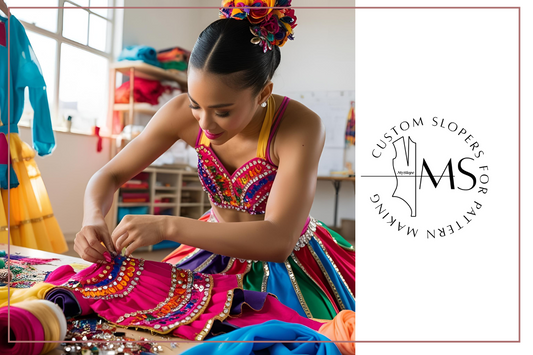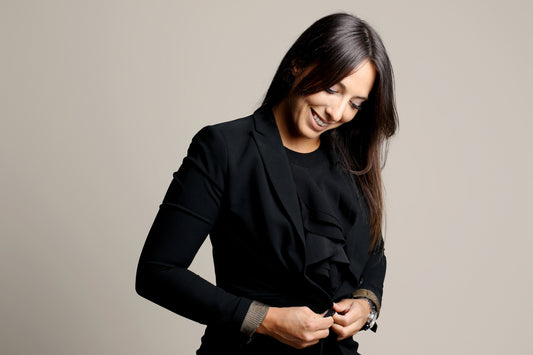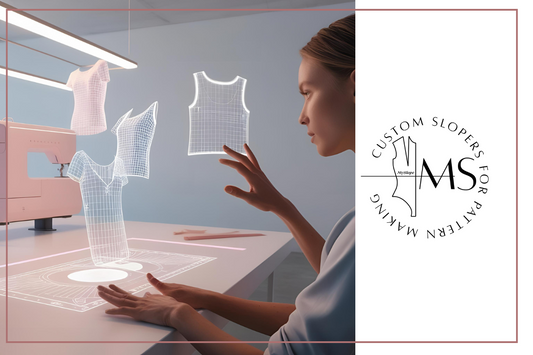Stitching The Future
Negative Ease Design
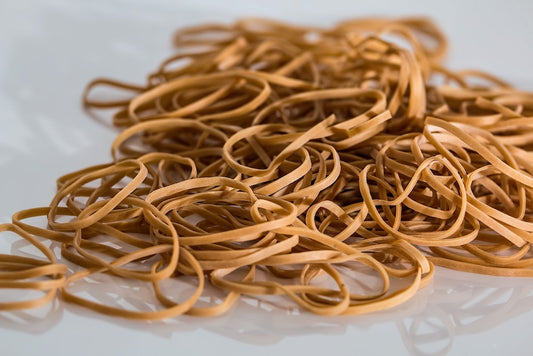
Part 6: How rebound tension and recovery effect...
Rebound tension is the force at which the fabric will want to return back to its original size after being stretched. Think of a rubber band, when the rubber band...
Part 6: How rebound tension and recovery effect...
Rebound tension is the force at which the fabric will want to return back to its original size after being stretched. Think of a rubber band, when the rubber band...

Part 4: What Is The Stretch Ratio Of A Fabric A...
When drafting patterns for a knit fabric, negative ease must be subtracted from the circumference measurements to account for the fact that the garment will conform to fit the body...
Part 4: What Is The Stretch Ratio Of A Fabric A...
When drafting patterns for a knit fabric, negative ease must be subtracted from the circumference measurements to account for the fact that the garment will conform to fit the body...
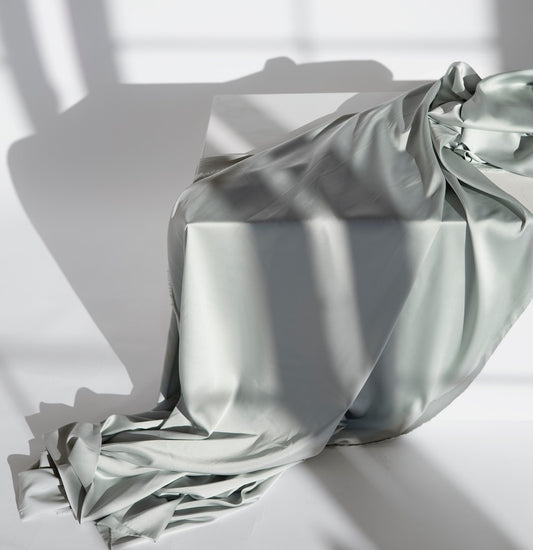
Part 3: Different Knits Require Different Amoun...
As mentioned in the previous blog posts, when determining the amount of positive ease for a woven fabric, consideration must be given to the subjective perception of wearer comfort, design...
Part 3: Different Knits Require Different Amoun...
As mentioned in the previous blog posts, when determining the amount of positive ease for a woven fabric, consideration must be given to the subjective perception of wearer comfort, design...
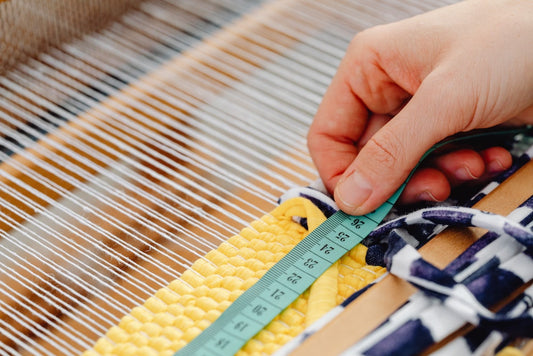
Part 2: The Difference Between Positive Ease an...
Understanding the difference between positive ease and negative ease is essential for any fashion designer who wants to create well-fitting garments. When drafting patterns with a precise fit, not only...
Part 2: The Difference Between Positive Ease an...
Understanding the difference between positive ease and negative ease is essential for any fashion designer who wants to create well-fitting garments. When drafting patterns with a precise fit, not only...
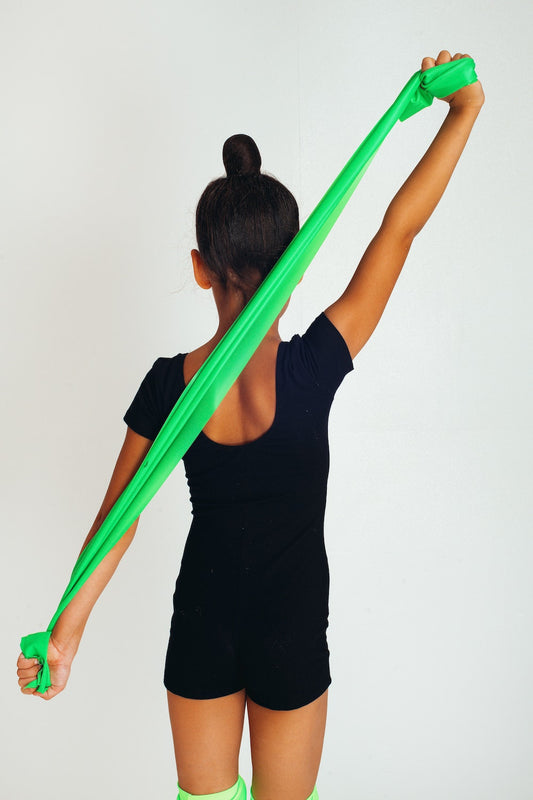
Part 1: What is negative ease and why is it imp...
When it comes to designing sewing patterns for stretch fabric, using negative ease is absolutely essential to creating the perfect fit. This is because knits stretch and knit garments are...
Part 1: What is negative ease and why is it imp...
When it comes to designing sewing patterns for stretch fabric, using negative ease is absolutely essential to creating the perfect fit. This is because knits stretch and knit garments are...
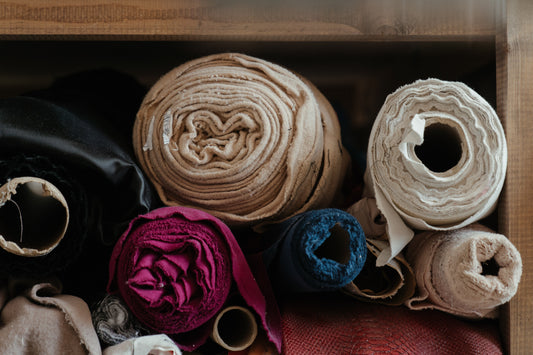
Knits 101
All fabrics are made from a combination of two elements: fiber content and construction. The type of construction method used will determine if the fabric is a knit or woven,...
Knits 101
All fabrics are made from a combination of two elements: fiber content and construction. The type of construction method used will determine if the fabric is a knit or woven,...

